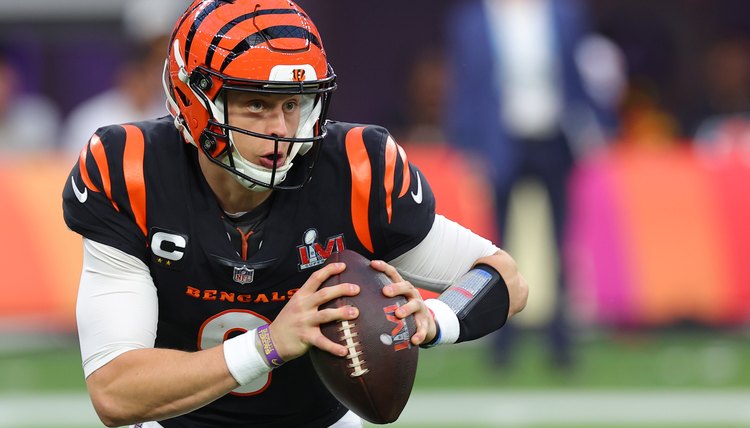NFL Roughing the Passer. The Rules on Sacking the Quarterback

With the National Football League’s concussion protocols undergoing a mid-season change this year, many football fans are calling for another rule change- this one with roughing the passer calls.
The NFL’s roughing the passer penalty most recently underwent changes in 2018, when the league emphasized the “body weight” rule, meaning that a defender could not land on top of a quarterback with his full body weight.
The change came after several incidents involving Green Bay Packers’ linebacker Clay Matthews, who had been called for multiple roughing the passer penalties in just the first few weeks of the season. One penalty specifically, in Week 2 against the Vikings, took away a potential game-winning interception for Green Bay and likely cost them the game. This came just a year removed from Vikings linebacker Anthony Barr sacking Aaron Rodgers so maliciously that it broke the quarterback’s collarbone.
Now in 2022, the roughing the passer rule has been thrust back into the spotlight after controversial calls surrounding Buccaneers quarterback Tom Brady and Raiders quarterback Derek Carr. While changes to the NFL rulebook seem imminent, it is likely that the new rule would have to wait until the upcoming offseason.
For that reason, we take a look at what goes into the roughing the passer penalty as it stands today, as well as some other key rules when it comes to the quarterback position in football.
Late Hit
The defensive player who is in pursuit of a quarterback has to make a reasonable effort to avoid hitting the passer once he releases the ball. A late hit on the quarterback after he has thrown a forward pass is often called flagged as a roughing the passer penalty, and it results in a 15-yard gain and an automatic first down for the offensive team.
Late hits are a judgment call by the ref, who is the official positioned in the offensive backfield, and must determine whether the hit could have been avoided.
Hitting in the Head
Hitting a quarterback in the head is always a foul, even if he is in possession of the ball. Defensive players must get to the quarterback and hit him below the helmet and neck area to avoid a penalty and record a sack.
A blow to the head can be as simple as a slap and as violent as full helmet-to-helmet contact, but both are penalized the same--15 yards.
Hitting Too Low
One of the NFL's rules is often called “The Brady Rule,” as it was added after a season-ending ACL injury to New England Patriots quarterback Tom Brady in 2008.
This rule states that a defensive player who hits a quarterback below the knees when one or two feet are on the ground will be penalized for a personal foul and a 15-yard penalty.
The hit must be above the knee to be legal. This penalty is often called on pass rushers who are blocked to the ground, but they continue to scramble toward the quarterback and end up hitting him below the knee, exposing him to serious injury.
Exceptions for Roughing the Passer Penalties
While the roughing the passer penalty is put in place to protect quarterbacks, there are instances when it cannot legally be called on a defender. These instances include:
- When a quarterback has already handed off or thrown the ball to a running back or receiver and becomes an extra blocker on the play
- If a fumble occurs and both offensive and defensive players (including the quarterback) pursue the ball
- If the quarterback throws an interception and is hit or blocked while trying to prevent the defender from returning it for a touchdown

Grasp and Control
The NFL has had a rule on the books for many years that calls for the referee to blow the play dead if a defensive player has the quarterback in his grasp. The term “grasp and control” is used to define this rule.
Grasp and control is up to the judgment of the official on the field, who must decide if the quarterback's ability to make a play has been stopped because he is under the control of a defender who has a hold on him. If he feels there is control, he will blow the whistle and the play is ruled a sack at that spot.
Intentional Grounding
The quarterback is not allowed to intentionally throw the ball away to avoid a sack. If he is outside the offensive tackle on either side, he can throw the ball beyond the line of scrimmage to avoid a sack.
If the quarterback is in the pocket formed by his linemen and he throws the ball to an area where there are no receivers, he is guilty of intentional grounding. The penalty moves the ball to the spot of the foul and comes with a loss of down.
References
Writer Bio
Kurt Johnson began writing in 1995. He has a passion for sports and has spent more than 15 years as a coach. He is a sportswriter who has been published at Front Page Sports and in the "Sacramento Union." Johnson has a Bachelor of Arts in communications from Brigham Young University.
